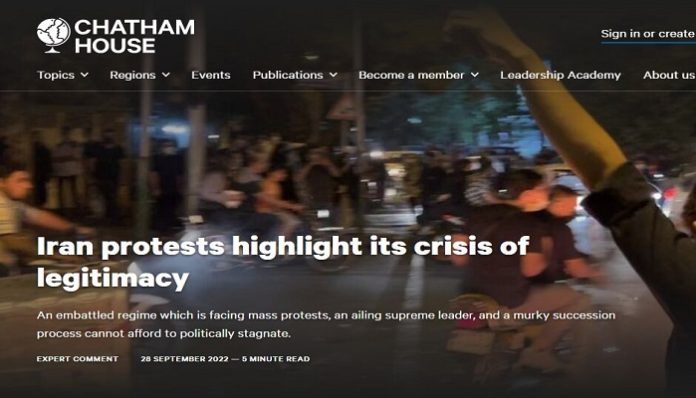Pak Sahafat – Foreign media, especially Western think tanks, played a significant role in the formation of the unrest that started in late September last year and then turned into riots. Think tanks such as the “Foundation for the Defense of Democracies, the American Council on Foreign Relations, the Middle East Institute, RAND, Chatham House, Brookings and Carnegie” created trends in this field.
16th September is the death anniversary of Mehsa (Gina) Amini; An event that provided an excuse for the circulation of anti-regime media, and at the same time, western think tanks came to the field to create unrest and disturbances in our country.
In this regard, we will take a look at their media approach and tactics.
Inducing protests to achieve basic human rights
One of the think tanks that put a lot of effort into creating chaos was the “Council on Foreign Relations” (CFR) of America, which published 9 articles about the situation in Iran by its thinkers in the interval between the death of the late Mahsa Amini, i.e. in 2 months.
The head of this think tank, which consists of 12 people, including the US Secretary of State, CIA directors, bankers, lawyers, prominent figures and mass media personalities, has been headed by “Richard Haas” since 2003. This veteran American diplomat has been working in the US State Department for many years and was originally born in a Jewish family.
As an example, the American Council on Foreign Relations is trying to make the Islamic Republic look like a repressive and failed regime by publishing an article titled “Mass protests continue throughout Iran”.
From the very beginning, this American think tank exaggerated the protests by claiming that “the hijab was just a spark and the protests were about basic human rights” and in a part of its article: These protests have been extended even in neighborhoods that have historically been loyal to the ruling regime of Iran. During a nationwide broadcast Saturday night, activists briefly took control of state television, holding placards with images of young women killed in police custody and slogans including calls to “join us and rise up.”
Read more:
American lawmakers demanded that technology companies support the riots in Iran
“Chatham House” also published provocative reports; For example, in one of his articles, he attributed women’s protests to increasing inequality, poverty, and international isolation, and suggested that “the hijab is the only and most obvious obstacle to women’s freedom.”
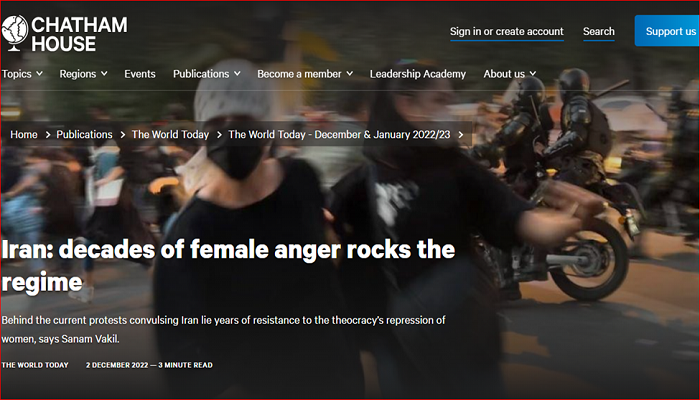
This think tank affiliated with the British royal family listed a series of women’s problems to rationalize women’s anger during the four decades of the Islamic Republic. For example, Chatham House downplayed the presence of women in the Islamic Council and other influential institutions of the country and focused on their vacant position in the 11 presidential elections.
DE legitimization of the system; the main goal of Western think tanks
One of the most important topics that can be seen in most of the reports and webinars related to Western think tanks was the discussion of the legitimacy of the Islamic Republic of Iran and it was suggested that this legitimacy has been lost.
In a report entitled “Iran’s protests highlight its crisis of legitimacy”, “Chatham House” tried to make the system look inefficient and unresponsive. Also, in this detailed report, the dimensions of leadership succession were discussed in the hope of portraying the system in a deep political crisis.
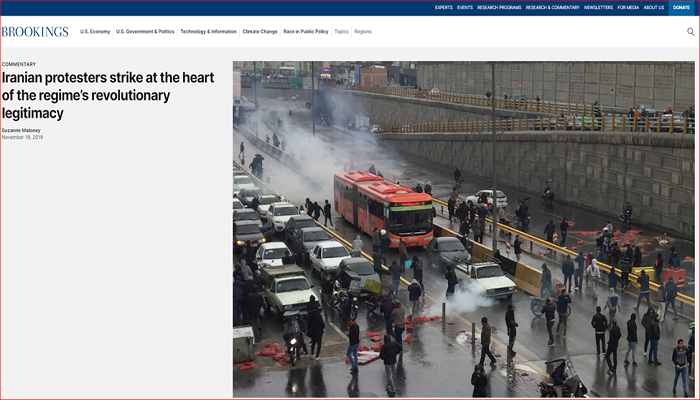
The project of despairing and magnifying economic problems
These days, looking at different markets, the trend towards improving the economic situation can be seen, but in the middle of the unrest, Western think tanks started the project of disappointing the people with the aim of turning the protest into a disturbance. In this regard, “RAND” think tank wrote in one of its reports focusing on drawing the atmosphere of despair: Today, considering that a third of the population lives below the poverty line, the middle class is declining, which constantly migrates abroad to obtain opportunities and escape from high inflation; The economic crisis may exacerbate the restrictions imposed by the Islamic system on economic opportunities. Anger over the country’s economic problems, along with the fierce feminist movement, has helped fuel discontent and unrest.
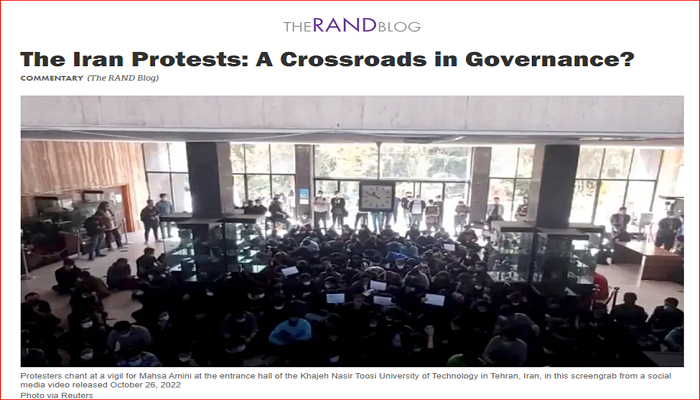
This think tank even raised the scenario of “long war” next to “democratic government” and with the deep aim of showing the security environment, wrote: Protests can lead to democratic government or lead Iran to a long-term war or neither.
Demand to intensify sanctions on Iran
Almost all western think tanks openly or secretly wanted the US to directly intervene in Iran’s internal affairs and increase sanctions.
It seems that most of the published materials from the Defense of Democracy think tank were aimed at increasing sanctions under the pretext of riots. This American think tank urges Western governments to increase economic hardships under the pretext of sanctioning the IRGC and the government, but in reality, the goal is to increase pressure on the Iranian people to continue street protests and riots.
It is not only Western think tanks such as the Foundation for the Defense of Democracies that support their aspirations for regime change in Iran, other prominent Western media also follow the same procedure; For example, “Foreign Affairs” magazine chose this title for its report, “Iranian protesters want regime change/ America should help them”.
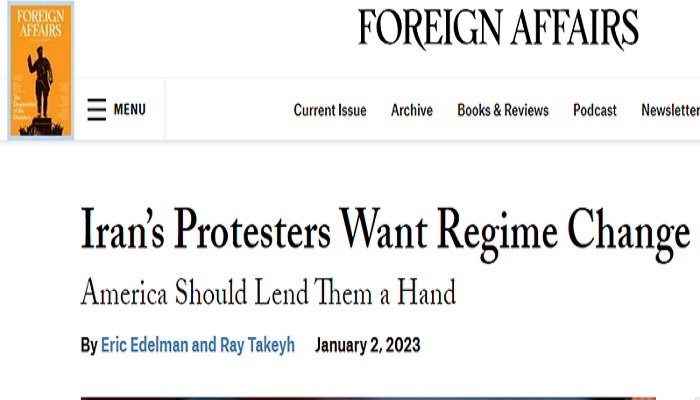
Trying to access satellite internet and Starlink
At a time when the protests turned into chaos, Western think tanks did their best to give people access to satellite internet and Starlink so that this process would continue and deepen.
The Carnegie Foundation also advised the American authorities to speed up the provision of an alternative means of communication to the people of Iran in order to cripple the ability of the Islamic Republic to maintain or re-establish its monopoly over the Internet and telecommunications lines.
Pressure on Western countries to withdraw from the JCPOA
One of the goals of Western think tanks was that due to Iran’s internal issues, the European countries that are members of the JCPOA, like the United States, would withdraw from the agreement, and that Biden’s America would also stop indirect talks with Tehran. Carnegie Foundation wrote about this: America and its allies should increase the pressure on Tehran. According to the current situation, the “no agreement” situation is preferable to an agreement that gives legitimacy to the Iranian regime. In addition, Iran’s assets should also be frozen and used to support the opposition.
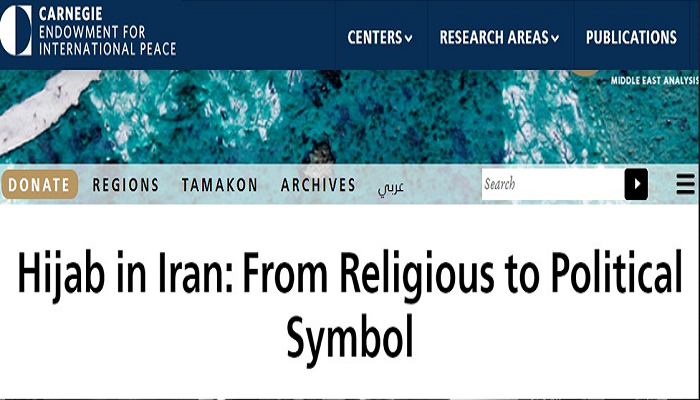
The think tank “Middle East Institute” or “Middle East Institute” also wrote about this: supporting the JCPOA and supporting the Iranian people are not mutually exclusive and should not be mutually exclusive… The nuclear agreement should not be an excuse to ignore the cries of the Iranian people for the slogan of life, life, be freedom
From opening a human rights case to weakening the IRGC
Among other solutions proposed by Western think tanks such as the Foundation for the Defense of Democracies to the US government was to use protests and social unrest in Iran to impose human rights sanctions against Iranian officials. Foundation for Defense of Democracies writes: As promised, the Biden government should place “human rights at the center of its foreign policy and pursue the policy of applying targeted sanctions against Iran’s security, military and judicial forces.”
Weakening the IRGC was one of the other goals and projects pursued by Western think tanks during the unrest. As an example, the “Vienna Institute of International Economic Studies” which is affiliated with the University of Vienna in Austria held a meeting titled “Iranian Revolutionary Movement Consequences”; A meeting in which experts emphasized that the “approach” of Iranians’ mind should be changed and it should be instilled that “reforms from within the system” are nothing more than an illusion and the only way forward is “revolution and dissolution of the Islamic Republic”.
According to their assessment, they announced that one of the possible future policies of the Islamic Republic is strengthening and highlighting “nationalism” against “Islamism”. They emphasized that showing the IRGC and the Islamic Republic system to be ineffective will weaken this new strategy and help push the “revolutionary” process forward.

